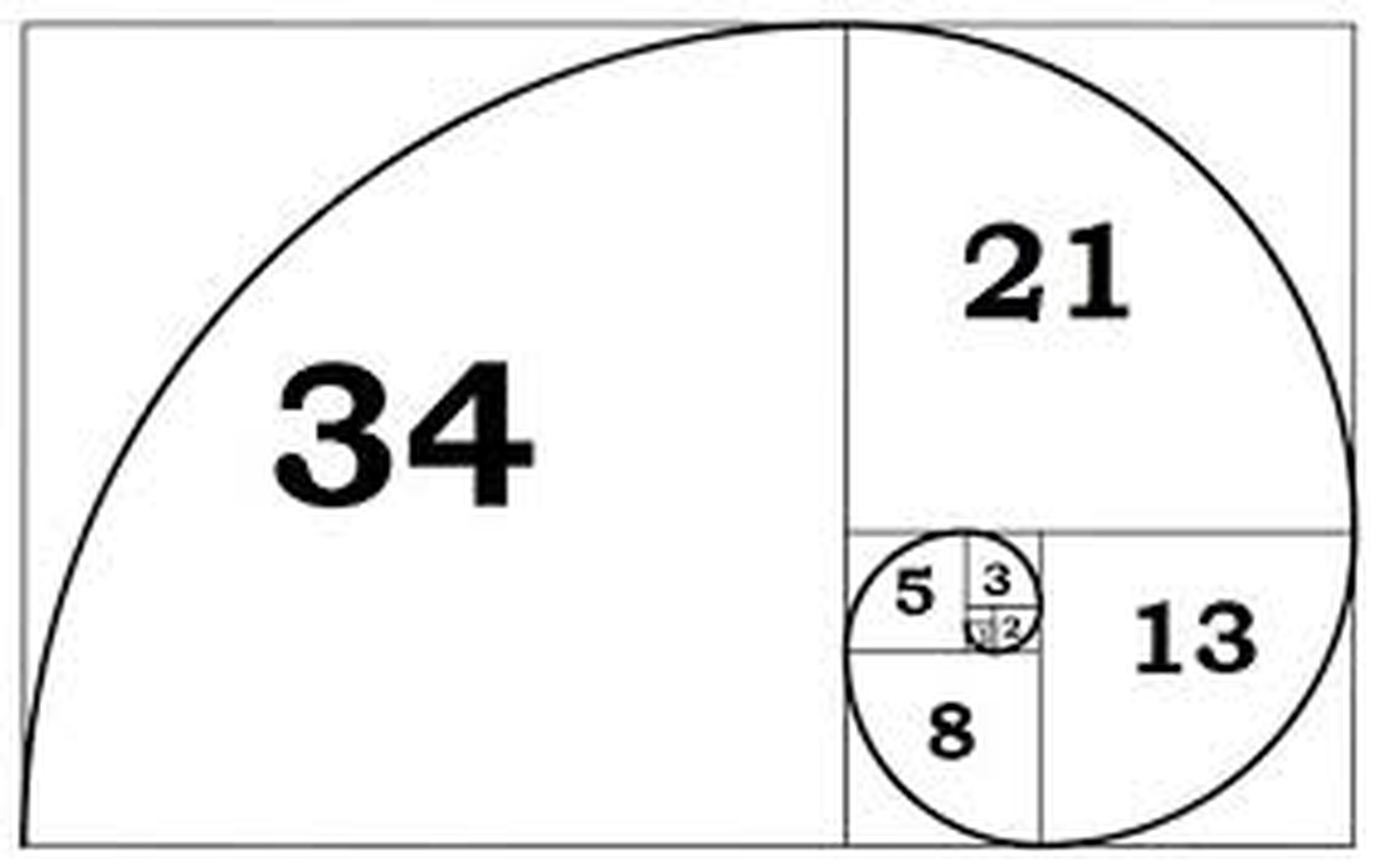There are many theories as to how the golden ratio was discovered. The Pythagoreans of 6th century BC ancient Greece may have known about the golden ratio, but much of the history of the secret society of the Pythagoreans is unknown, because there are few preserved records. However, it is known that the Pythagoreans contributed much to the development of mathematics by connecting spirituality and philosophy of life with mathematics.
The five-pointed star, also known as the pentagram, was the symbol for their mathematical brotherhood. What is interesting about the pentagram inside of a regular pentagon with vertices matched up, is that another pentagram inscribed inside of a pentagon can be drawn inside the first pentagram and pentagon. This process can continue indefinitely, proving that there are incommensurable, or irrational, lengths in the construction of a pentagon. Another cool fact that points to the Golden Ratio is that with these nested pentagons and pentagrams, the ratio between the side length of the bigger pentagon to the inscribed pentagon is equal to phi, the Golden Ratio.

Whether the Pythagoreans knew about this relationship is uncertain, but many sources think they did.
Again, it is possible. Especially considering that Pythagoreas journied through Egypt and Babylon to study and discover mathematics. Also, the proportions of half the length of a side of the Great Pyramid of Giza to its height is approximately the Golden Ratio. Also, the Parthenon is constructed in a way that the golden ratio can be found amongst many of the proportions. However, there is no solid evidence supporting this claim, other than measurements.


No one knows for sure. However, Euclid in the mathematical wonder "Elements" around 300 BC, is the first to define it, certainly pulling from many mathemetician's works of the past including Pythagoreas and Plato. He defines it thus:
Definition 3 (Book VI): "A straight line is said to have been cut in extreme and mean ratio when, as the whole line is to the greater segment, so is the greater to the less."

Likely not. Italian mathemtician Leonardo Fibonacci in the 1200s AD discovered the Fibonacci sequence, but likely did not know its connections to the Golden Ratio.

In 1509, a book was written by Luca Pacioli, called "De Divina Proportione", which translated means the Divine Proportion. Leonardo Da Vinci illustrated the book with pictures showing how the Golden Ratio in proportions of man and in some of the Platonic solids.
Probably a man named Martin Ohm, who wrote a book in 1815 which translated is called "The Pure Elementary Mathematics" in which he called the previously termed Divine Proportion, "goldener schnitt", which translated means "golden ratio" or "golden section".
It wasn't until the last century, the 1900s that mathemeticians began referring to the golden ratio as Phi, the Greek letter F.